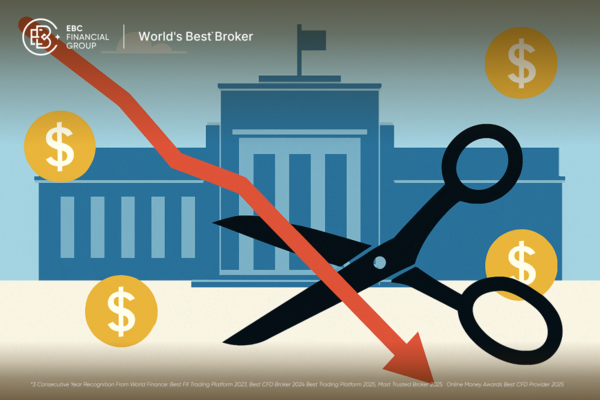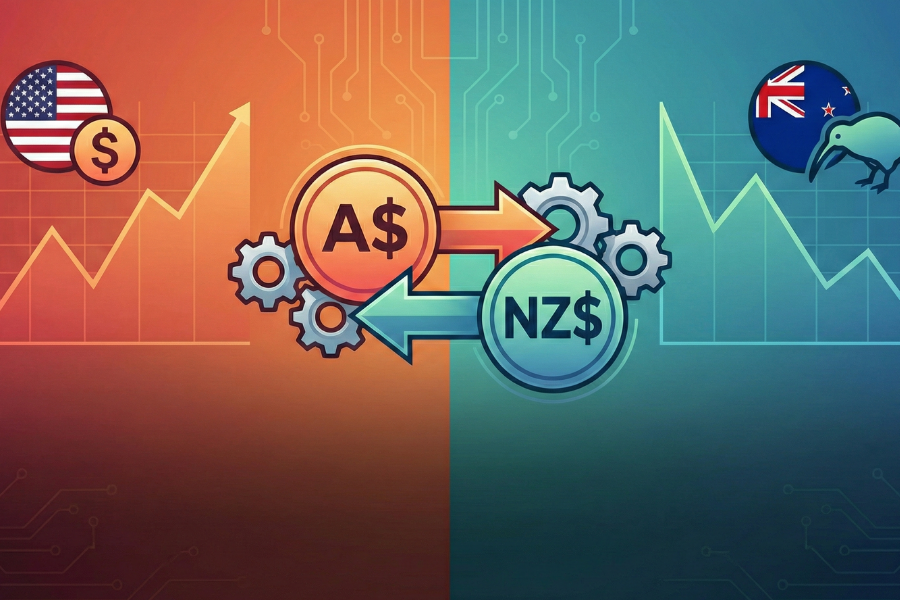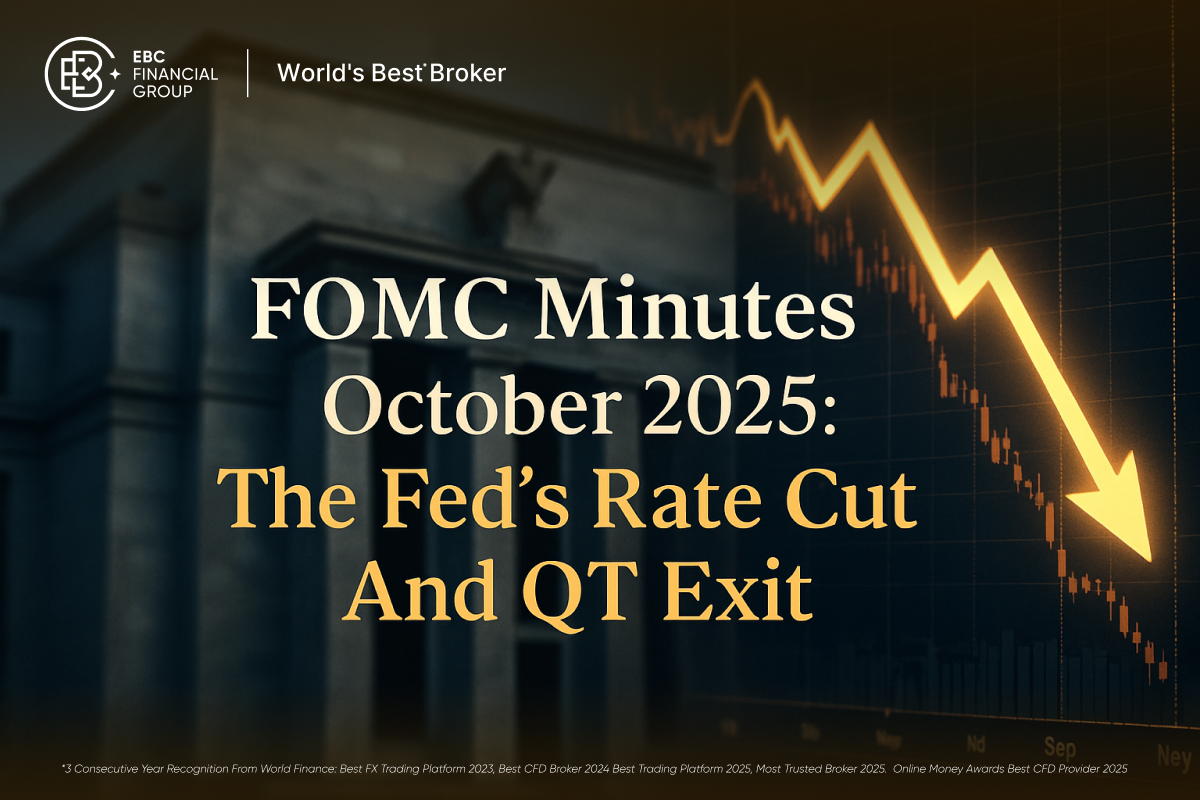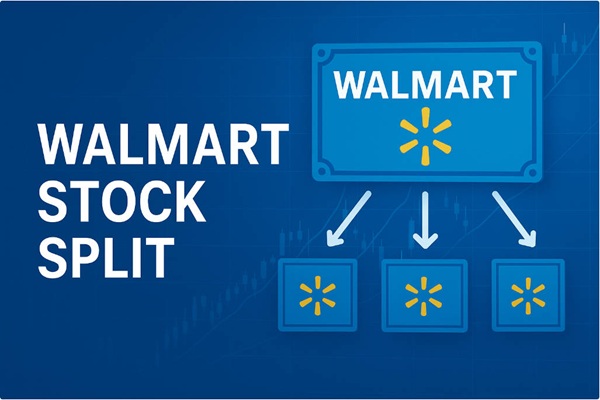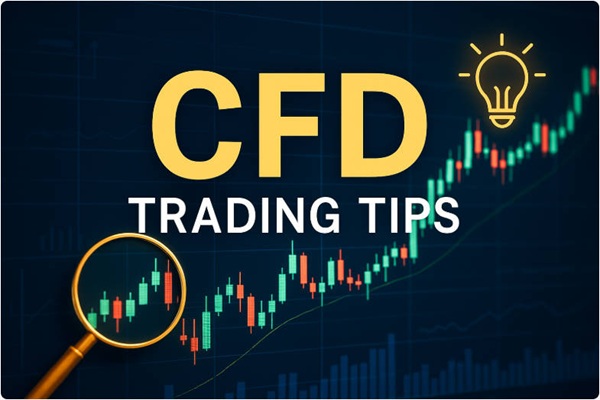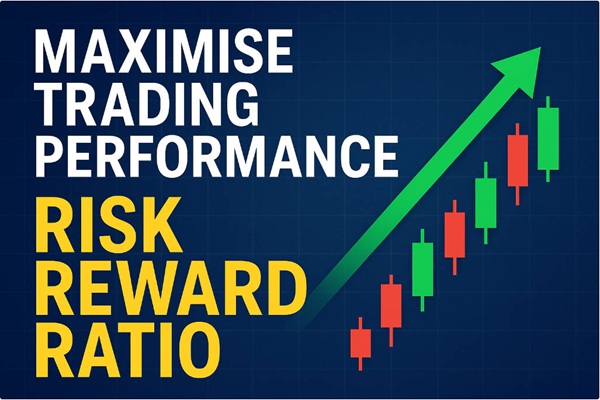The Federal Reserve cut interest rates by 25 basis points on Wednesday, October 29, bringing the federal funds rate to 3.75%-4.00%, the lowest level since early 2022.
However, Fed Chair Jerome Powell's press conference remarks cast doubt on whether the central bank will deliver another reduction at the December 17-18 meeting.
Powell stated that officials are "flying blind" regarding economic conditions and suggested the Fed may pause its cutting cycle to assess incoming data. Markets immediately adjusted expectations, with traders now pricing just a 45% probability of a December cut, down from 75% before the announcement.
The cautious tone marks a significant shift from the aggressive 50 basis point reduction delivered in September, signalling the Fed's easing campaign may be nearing its end.
What Did the Federal Reserve Cut Rates to in October?
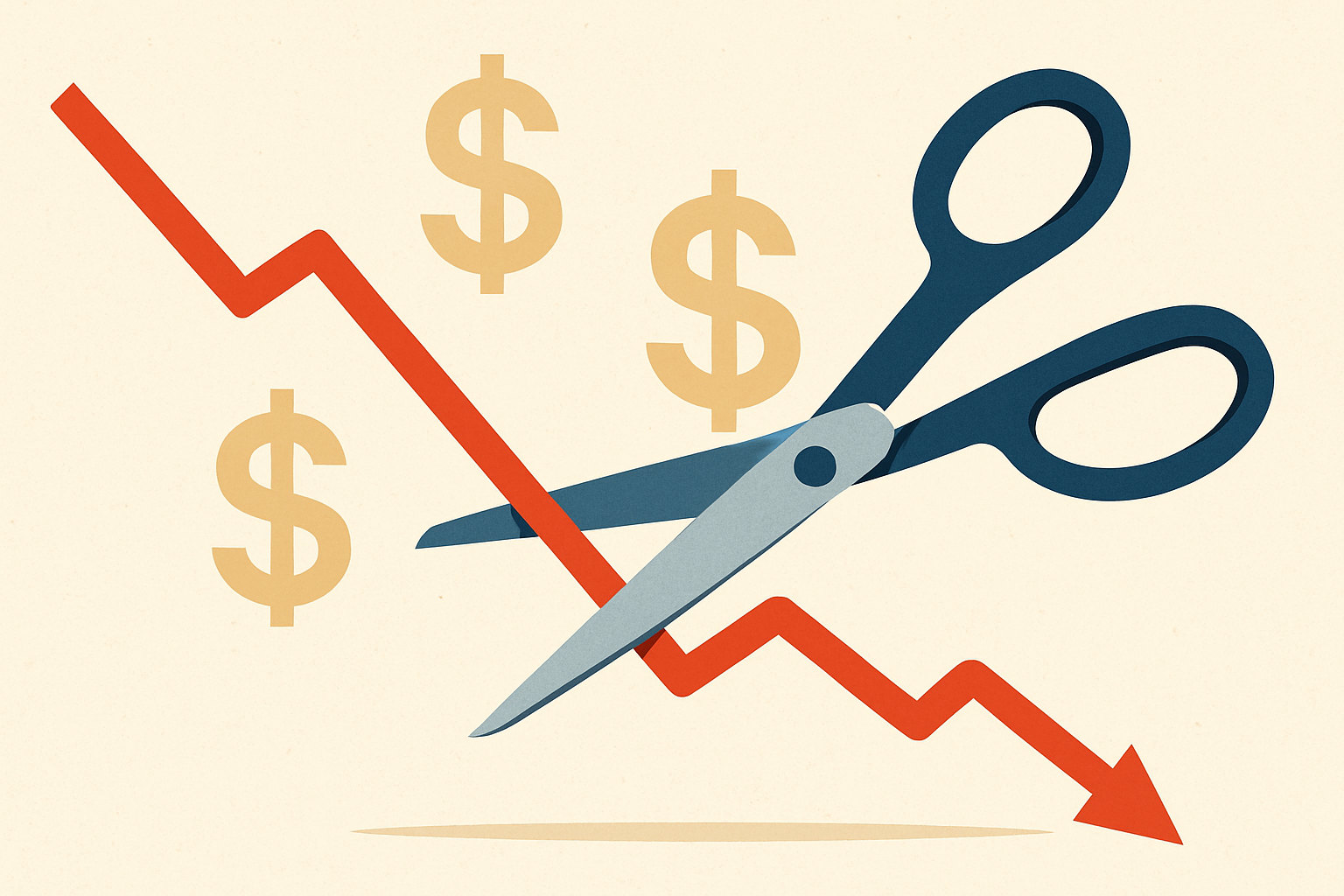
The Federal Open Market Committee voted to lower the target range for the federal funds rate to 3.75%-4.00%, marking the second consecutive cut following September's larger half-point reduction. [1]
| Metric |
Previous |
Current |
Change |
| Federal funds rate |
4.00%–4.25% |
3.75%–4.00% |
-25 basis points |
| Discount rate |
4.50% |
4.25% |
-25 basis points |
| Total 2025 cuts |
75 basis points |
100 basis points |
Including Sep & Oct |
| Peak rate (Jul 2023) |
5.25%–5.50% |
– |
-150 bp since peak |
The FOMC statement maintained that the committee would "carefully assess" incoming data before making further adjustments, language that typically signals a potential pause in policy changes.
Wednesday's vote saw two dissents: Stephen Miran voted for a 50 basis point cut, whilst Jeffrey Schmid favoured holding rates steady, revealing emerging divisions within the committee.
Powell emphasised during his press conference that the Fed has made "considerable progress" on inflation, which has declined from a peak of 9.1% to current levels around 2.7%.
However, he stressed that officials need more evidence that inflation is moving sustainably toward the 2% target before committing to additional cuts.
Additionally, the Fed announced it would conclude its balance sheet reduction programme on December 1, ending the quantitative tightening that has removed liquidity from financial markets since mid-2022.
Why Did Powell Hint December Rate Cut Is Unlikely?
Powell's commentary during the press conference represented a marked shift in tone from previous meetings, introducing significant uncertainty about December's decision.
Key Powell quotes signalling potential pause:
"We are in no rush to adjust policy further," Powell stated, noting that the economy's resilience allows the Fed to move deliberately. He highlighted three factors complicating the December decision:
Economic uncertainty factors:
Labour market ambiguity: Recent jobs data showed weakness, but officials cannot determine whether this reflects genuine deterioration or temporary factors like storms and strikes.
Inflation persistence: Core inflation remains above target, with services sector inflation showing particular stickiness.
Political transition risks: The incoming Trump administration's proposed policies on tariffs and immigration could significantly alter the economic outlook.
Powell acknowledged that "we don't really have a sense yet of how persistent" remaining inflation pressures might be. This admission contrasts sharply with September's more confident assessment that inflation was declining sustainably.
Fed member positioning reveals divisions:
The October meeting exposed growing disagreements within the FOMC. Stephen Miran, Trump's new appointee, dissented in favour of a 50 basis point cut, arguing that labour market weakness requires aggressive action.
Conversely, Jeffrey Schmid voted to hold rates steady, concerned that further easing risks reigniting inflation.
Hawkish members including Cleveland Fed President Beth Hammack and Kansas City Fed President Jeffrey Schmid have publicly stated a preference for pausing to assess economic data.
Dovish voices like Chicago Fed President Austan Goolsbee continue advocating for additional cuts, citing elevated unemployment risks. This internal debate will intensify heading into December's meeting.
How Did Markets React to Fed Rate Cut and Powell Remarks?
Financial markets responded immediately to Powell's hawkish pivot, with traders sharply reducing expectations for near-term rate cuts.
Immediate market moves:
10-year Treasury yield: Rose to 4.32% from 4.28% as rate cut expectations diminished.
2-year Treasury yield: Jumped to 4.18%, steepening the yield curve modestly.
Dollar index: Strengthened 0.4% as higher-for-longer rate expectations supported the currency.
Gold: Declined 1.2% on reduced safe-haven demand and dollar strength.
Stock markets showed mixed reactions, with technology shares declining on concerns that borrowing costs will remain elevated longer than anticipated. The S&P 500 fell 0.3% in after-hours trading following Powell's press conference.
Yield curve implications:
The 2-year/10-year Treasury spread widened to +14 basis points, moving further away from inversion territory.
This steepening typically signals markets expect the Fed to hold rates higher for longer, reducing near-term recession concerns but limiting equity valuation expansion.
Economists quickly revised their forecasts following the Fed's cautious messaging. Goldman Sachs now assigns just 40% probability to a December cut, down from 60% previously. Bank of America economists pushed their expected pause to December, forecasting no additional cuts until March 2026.
What Fed Projections Show for 2026 Rate Path
The September dot plot—the Fed's quarterly economic projections—provides critical insight into where policymakers expect rates to settle, though no updated projections were released at the October meeting.
September 2025 dot plot breakdown:
| Year |
Median Projection |
Range of Views |
Key Detail |
| End 2025 |
3.50%–3.75% |
2.75%–4.25% |
9 members at median, 6 higher |
| End 2026 |
3.25%–3.50% |
2.50%–4.00% |
One additional 25bp cut |
| End 2027 |
3.00%–3.25% |
2.25%–3.75% |
Approaching neutral rate |
| Long-run |
3.00% |
2.50%–3.50% |
Neutral rate estimate |
The September projections indicated two more cuts in 2025 (already delivered on October 29), bringing rates to 3.50%-3.75% by year-end. However, Powell's October press conference suggests the second projected cut for December is now uncertain.
Notably, the dot plot revealed significant dispersion among FOMC members. Six participants projected year-end 2025 rates at 4.00%-4.25%, indicating no support for further cuts this year.
Nine projected the median 3.50%-3.75%, whilst one outlier—likely Stephen Miran—forecast rates as low as 2.75%-3.00%.
This wide range illustrates the Fed's internal debate about appropriate policy stance. Hawks argue the current 3.75%-4.00% range already provides sufficient support given economic resilience. Doves counter that labour market weakening requires additional insurance cuts.
What Economic Data Will Decide December's Fate
The Fed will receive two critical data releases before deciding on December's policy stance.
November jobs report (December 6 release):
October's employment report showed just 12,000 jobs added, the weakest monthly gain since December 2020. However, Bureau of Labour Statistics officials estimated that hurricanes Helene and Milton reduced payroll growth by approximately 100,000 positions temporarily.
November's report will reveal whether October's weakness reflected genuine labour market deterioration or merely weather-related disruptions.
Economists forecast a rebound to 180,000-200,000 jobs added as storm effects fade and striking workers return.
The unemployment rate will receive particular scrutiny. October's 4.1% reading remains relatively low by historical standards, but any increase toward 4.5% would raise concerns about economic weakness.
November inflation data (December 11 release):
The Consumer Price Index for November, released just six days before the Fed meeting, will heavily influence the decision. Core CPI ran at 3.3% annually in September, well above the Fed's 2% target. [2]
Inflation component breakdown shows where stickiness persists:
Shelter/housing inflation: 4.9% annually, contributing roughly 0.6 percentage points to core CPI.
Services ex-shelter: Running at approximately 3.8%, driven by healthcare and transportation costs.
Goods inflation: Near zero or slightly negative, providing little upward pressure.
Wage growth: Average hourly earnings up 4.0% annually, above productivity gains and pressuring service costs.
Officials want to see core inflation declining toward 2.5% or lower before committing to additional cuts.
Any acceleration in inflation would virtually guarantee a December pause. Housing costs remain the primary concern, as shelter comprises roughly one-third of the CPI basket and shows limited deceleration.
How Will Trump Tariffs Affect Federal Reserve Policy?
The incoming Trump administration introduces additional uncertainty into the Fed's policy calculus, whilst international central bank actions provide important comparative context.
Policy proposals affecting Fed decisions:
President-elect Trump has announced plans for substantial tariff increases, potentially adding 10-20% levies on all imports and 60% tariffs on Chinese goods.
Historical evidence from 2018-2019 suggests such tariffs would boost inflation by 0.5-1.0 percentage points whilst slowing economic growth—a stagflationary combination that complicates Fed policy.
During the 2018-2019 tariff period, the Fed initially held rates steady before delivering three insurance cuts as growth slowed. However, inflation remained contained then at 2.0-2.3%, whereas current inflation starts from an elevated 2.7% base.
This difference means the Fed has less room to ease if tariffs push prices higher, whilst growth weakens.
Powell stated that "we don't guess, we don't speculate, and we don't assume" regarding proposed policy changes. The Fed will wait for concrete implementation before incorporating new policies into its economic forecasts.
Global central bank comparison:
| Central Bank |
Current Rate |
Recent Action |
Next Expected Move |
| US Fed |
3.75%–4.00% |
-25bp on Oct 29 |
Pause likely in December |
| European Central Bank |
3.25% |
-25bp on Oct 17 |
Cut likely in December |
| Bank of England |
4.75% |
Held on Nov 7 |
Hold through Q1 |
| Bank of Japan |
0.50% |
Held on Oct 31 |
Hold indefinitely |
| Bank of Canada |
3.75% |
-50bp on Oct 23 |
Cut likely in December |
The Fed's cautious stance contrasts with more aggressive easing by the European Central Bank and Bank of Canada, both facing weaker economic growth than the United States. This policy divergence supports dollar strength and creates headwinds for US exporters.
When Did Fed Last Cut Rates and Then Pause?
The 1995-1996 episode offers the closest parallel to current conditions. Fed Chair Alan Greenspan delivered three 25 basis point cuts as "insurance" against potential economic weakness, then paused as growth reaccelerated.
The economy subsequently expanded robustly for four more years without requiring additional easing.
Key similarities to 1995-1996:
Both periods featured soft landings with inflation declining toward target, modest cuts (75-100 basis points) rather than aggressive easing, strong labour markets with falling inflation, and technology-driven productivity booms.
Key differences:
Today's labour market shows more resilience (4.1% vs 5.6% unemployment in 1995), current inflation starts from a higher base (2.7% vs 2.0% in 1995), fiscal policy is more expansionary today with larger deficits, and political uncertainty is substantially greater now.
Powell has explicitly referenced the 1995-1996 playbook in recent speeches, suggesting the current Fed may follow a similar approach of limited cuts followed by an extended pause.
What December Pause Means for Currency and Bond Markets
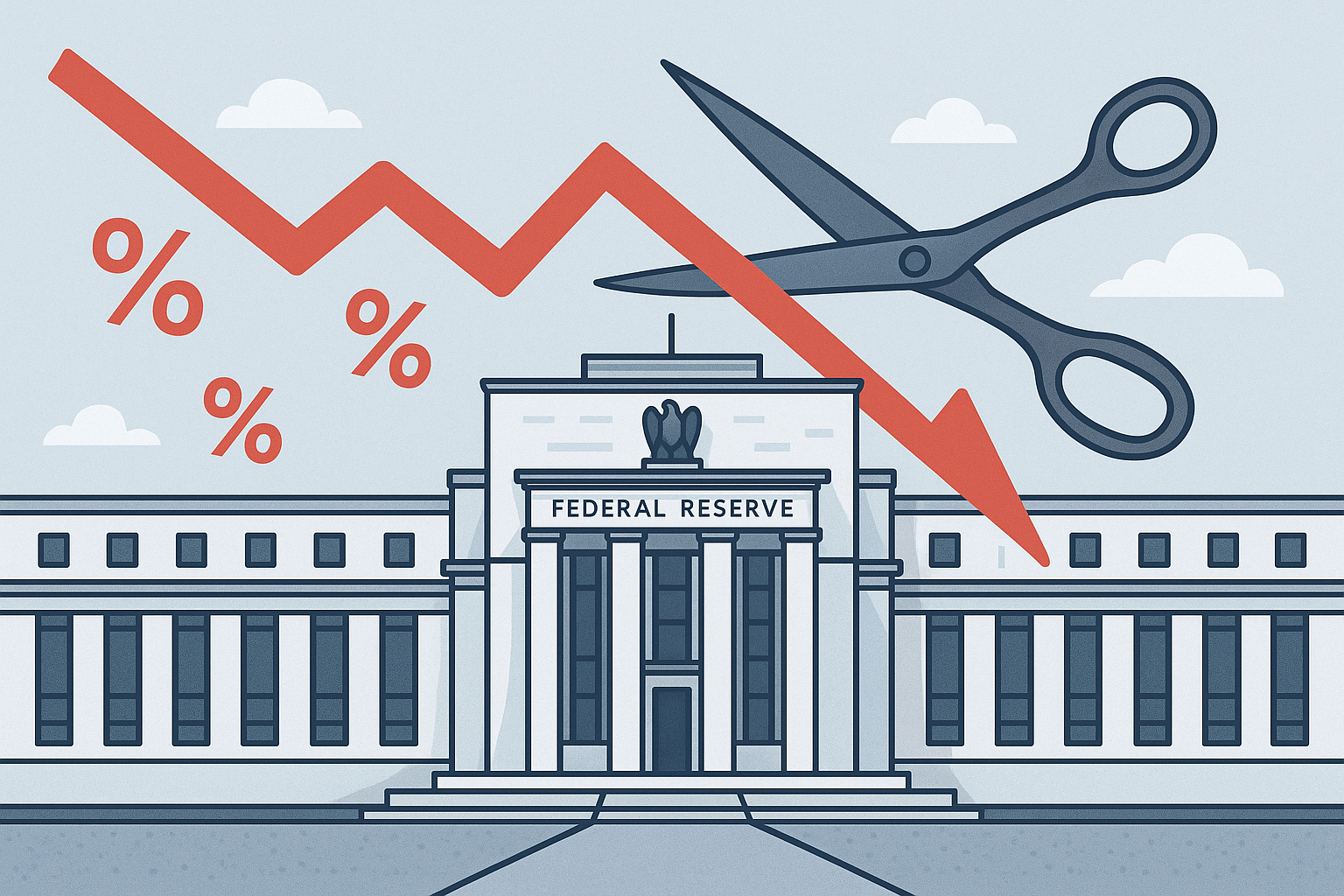
If the Fed pauses in December, significant implications emerge for global currency positioning and fixed-income strategies.
Currency market implications:
USD/JPY would likely extend gains toward 155-157 if the Fed holds whilst the Bank of Japan maintains its 0.50% rate. This widening rate differential of 325 basis points supports carry trades favouring dollar assets over yen.
EUR/USD faces downward pressure toward 1.05-1.06 as the ECB continues cutting whilst the Fed pauses, widening the transatlantic rate gap to approximately 50 basis points. European growth weakness reinforces euro vulnerability.
GBP/USD may find support near 1.28-1.29 as the Bank of England's hawkish hold stance keeps UK rates elevated relative to the Eurozone, though still below US levels.
Bond market positioning:
Treasury yields would likely stabilise or drift modestly higher if December brings a pause. The 10-year yield finding support at 4.25-4.35% would reflect markets repricing terminal rate expectations higher, from 3.25% toward 3.50-3.75%.
Credit spreads could widen 10-15 basis points as higher-for-longer rates pressure leveraged borrowers. High-yield bonds face particular vulnerability if the Fed holds rates near 4% longer than anticipated.
Municipal bonds may outperform Treasuries if tax reform proposals from the Trump administration create demand for tax-exempt securities. However, supply concerns could offset this advantage.
Risk asset implications:
Higher terminal rate expectations would pressure equity valuations, particularly for long-duration growth stocks in technology and healthcare sectors. A 25 basis point increase in discount rates implies roughly 3-4% downside to fair value for the Nasdaq 100. [3]
Disclaimer: This material is for general information purposes only and is not intended as (and should not be considered to be) financial, investment, or other advice on which reliance should be placed. No opinion given in the material constitutes a recommendation by EBC or the author that any particular investment, security, transaction, or investment strategy is suitable for any specific person.
Sources
[1] https://www.cnbc.com/2025/10/29/fed-rate-decision-october-2025.html
[2] https://www.aljazeera.com/economy/2025/10/29/us-federal-reserve-cuts-interest-rates-as-labour-market-weakens
[3] https://privatebank.jpmorgan.com/apac/en/insights/markets-and-investing/tmt/the-rate-cutting-playbook-fixed-income-in-focus
